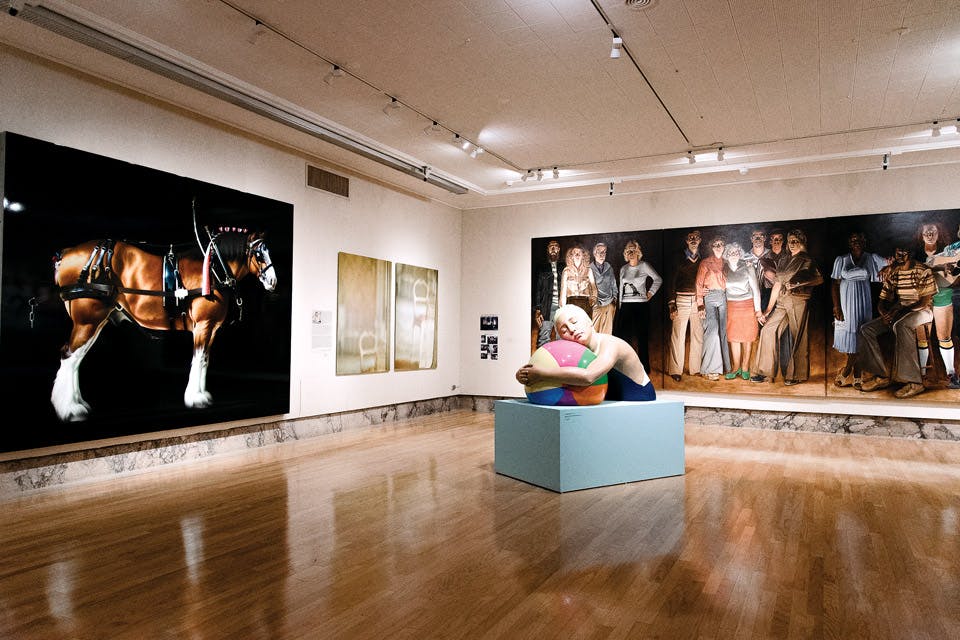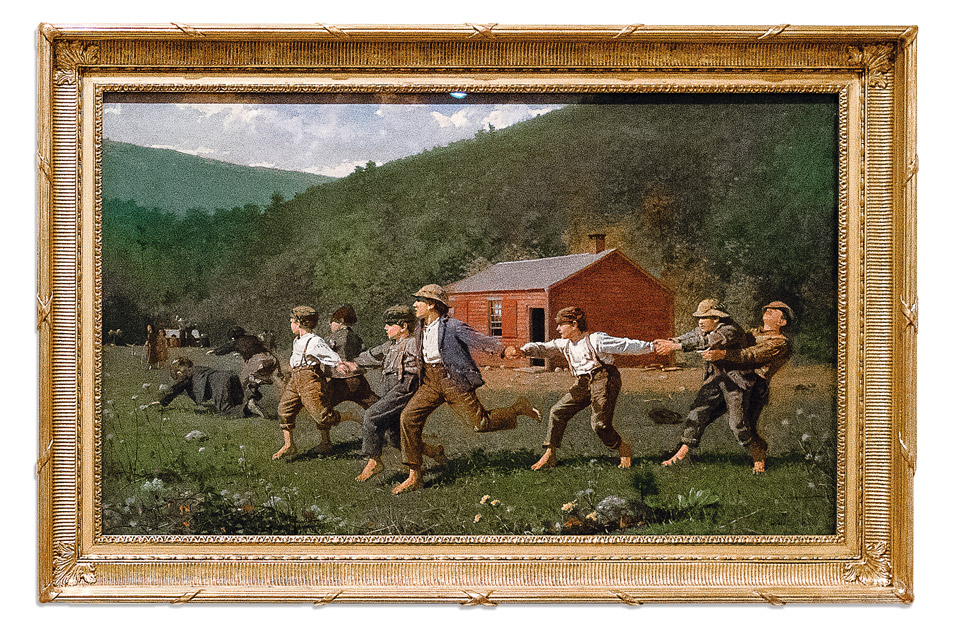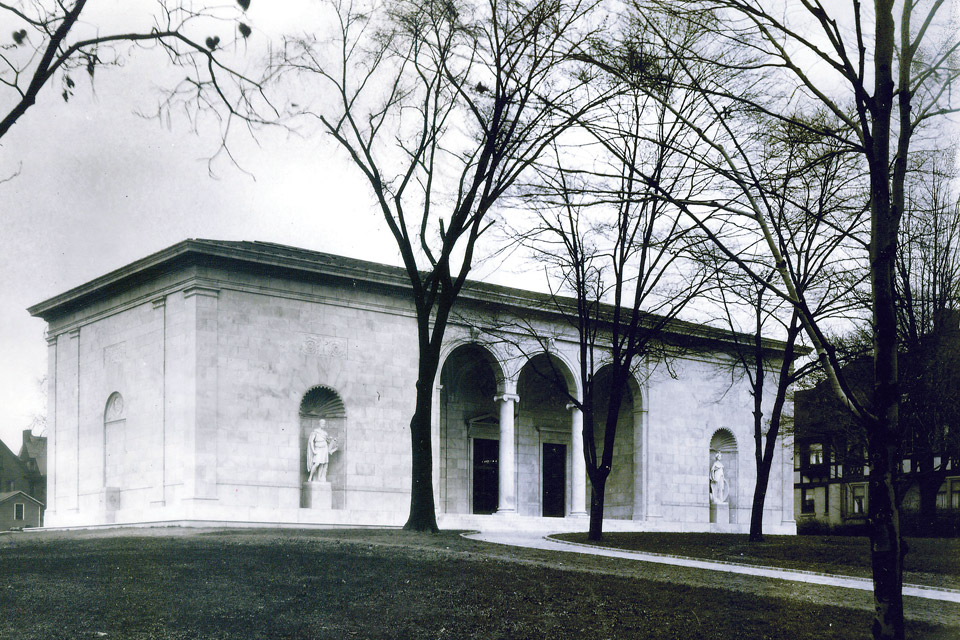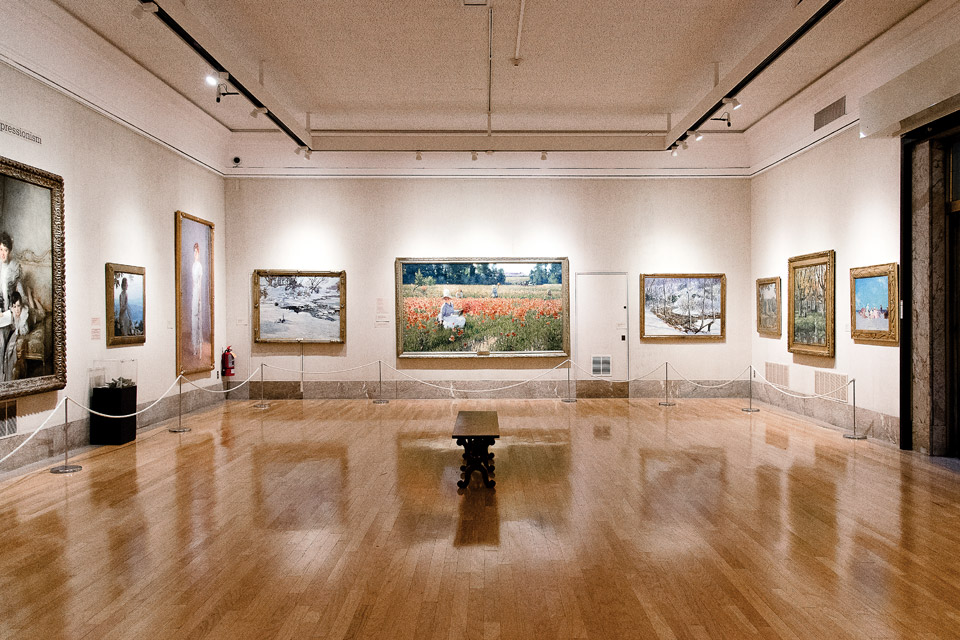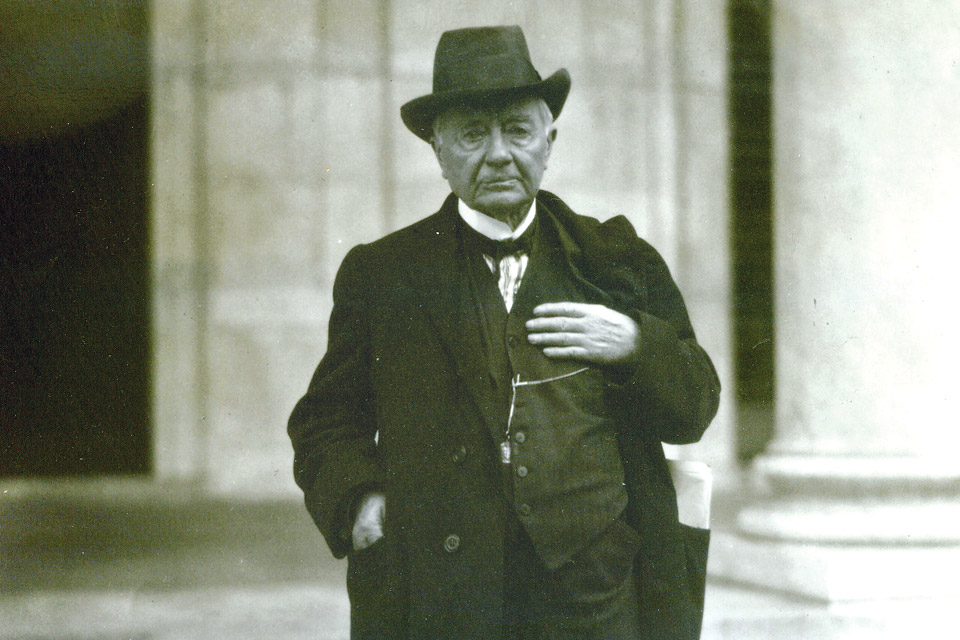Arts
The Butler Institute of American Art Houses a Collection of Our Nation's Masterworks
In 1919, Joseph G. Butler Jr. opened a Youngstown museum dedicated to American artists. Its collection now numbers in the thousands.
Related Articles
-.jpg?sfvrsn=834fb738_5&w=960&auto=compress%2cformat)
Perry’s Victory and International Peace Memorial Set for $20 Million Restoration
This 352-foot-tall South Bass Island landmark commemorates Ohio’s role in the Battle of Lake Erie during the War of 1812. READ MORE >>

This Sandusky Museum Celebrates Cedar Point History
Inspired by his own cherished memories, David Kaman turned his extensive collection of Cedar Point memorabilia into a new destination in downtown Sandusky. READ MORE >>

Summer Fun in Ohio: 22 Ways to Enjoy June
Grab a ticket to a summer concert from the Dave Matthews Band, explore southern Ohio heritage at Ohio Valley Frontier Days, check the Ashland BalloonFest and more. READ MORE >>


